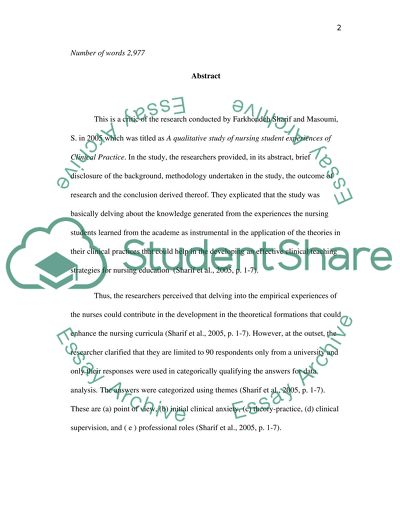Cite this document
(“Qualitative Critique: A qualitative study of nursing student Assignment”, n.d.)
Retrieved from https://studentshare.org/nursing/1491577-qualitative-critique-a-qualitative-study-of
Retrieved from https://studentshare.org/nursing/1491577-qualitative-critique-a-qualitative-study-of
(Qualitative Critique: A Qualitative Study of Nursing Student Assignment)
https://studentshare.org/nursing/1491577-qualitative-critique-a-qualitative-study-of.
https://studentshare.org/nursing/1491577-qualitative-critique-a-qualitative-study-of.
“Qualitative Critique: A Qualitative Study of Nursing Student Assignment”, n.d. https://studentshare.org/nursing/1491577-qualitative-critique-a-qualitative-study-of.


